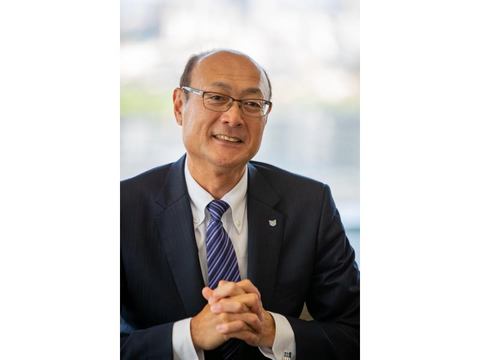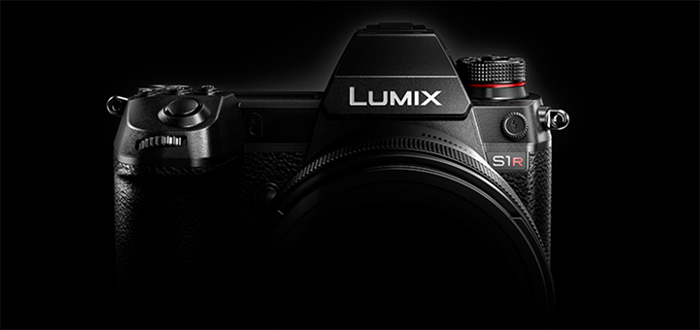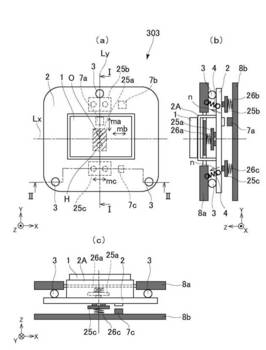The new Olympus E-M1X will be announced in January

There is some life breathing back into the lungs of Micro Four Thirds lovers: Olympus is rumored to launch a new E-M1X High End camera in January. The camera is rumored to feature some unique new tech not available in any other camera yet.
There are no specs but Olympus seriously needs to make it right with this one to take away the spotlight from the Fuji X-T3.


